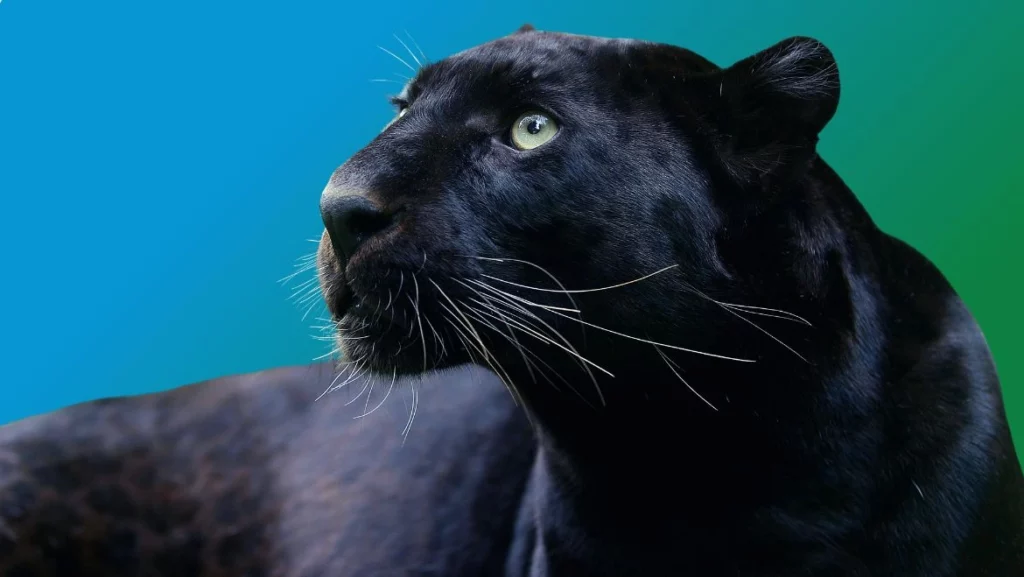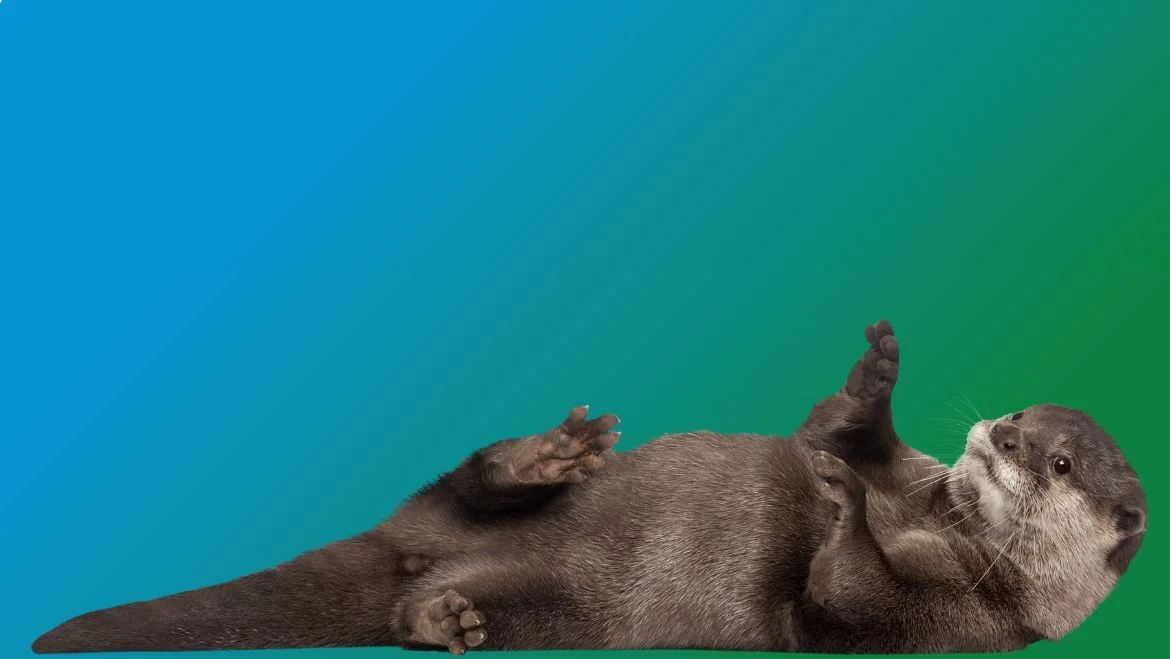Carl Gustav Jung, a Swiss psychiatrist and psychoanalyst who founded analytical psychology, is renowned for his explorations into the depths of the human psyche and his interest in the ways in which various cultures engage with the unconscious. Among the many traditions Jung studied, shamanism held a particular fascination for him due to its profound spiritual practices and its therapeutic potential. Jung’s findings on shamanism not only enriched his theories of the collective unconscious and archetypes but also bridged the gap between ancient wisdom and modern psychology.
The Shamanic Journey and Jung’s Concept of Individuation
At the heart of shamanic tradition is the shaman’s journey, a voyage into the spiritual world undertaken to gain insight, healing, and guidance for the community. Jung saw a parallel between this journey and the process of individuation in analytical psychology—the quest for wholeness and the integration of the unconscious with conscious awareness. Jungian individuation involves confronting and reconciling the shadow self, which Jung identified as aspects of the personality that are rejected or ignored by the conscious mind but are encountered by shamans in their spiritual travels.
Archetypes and Shamanic Figures
Jung’s theory of archetypes, universal symbols and themes inherent in the collective unconscious, found resonance in the figures and motifs recurring in shamanic traditions. Shamans often engage with spirit animals, ancestors, and deities, which can be seen as manifestations of archetypes. Jung identified the shaman as a personification of the archetype of the wounded healer, one who has traversed the depths of their own psyche and emerged with the knowledge and power to heal others.
The Role of Rituals and Symbols
Jung was deeply interested in the symbolic nature of shamanic rituals and their capacity to facilitate psychological transformation. He observed that the rituals and symbols used in shamanism, such as drumming, dancing, and the use of sacred objects, serve to bridge the conscious and unconscious mind, similar to how dreams and symbols function in analytical psychology. These rituals enable the shaman to access altered states of consciousness, allowing for communication with the unconscious in a manner akin to Jung’s active imagination technique.
Shamanism as Psychotherapy
Jung recognized in shamanism an ancient form of psychotherapy, where the shaman, through their journey and rituals, diagnoses and heals the psychological and spiritual ailments of individuals. This healing process often involves the retrieval of lost soul parts or the integration of shadow aspects, concepts that mirror Jung’s own practices in psychotherapy where the goal is to achieve a balanced and integrated psyche.
Jung’s Legacy and Shamanism
Jung’s engagement with shamanism contributed significantly to the field of depth psychology, offering a framework for understanding the universal human experience of the mystical and the transcendent. His work opened the doors for a deeper appreciation of shamanic practices within the context of modern psychotherapy, highlighting the therapeutic value of spiritual and symbolic exploration in healing the psyche.
Conclusion: A Confluence of Paths
Carl Jung’s findings on shamanism represent a confluence of ancient wisdom and modern psychological insight, illustrating the timeless human endeavor to understand the mysteries of the mind and the universe. By drawing parallels between shamanic practices and the processes of analytical psychology, Jung underscored the universality of the human quest for healing, wholeness, and a deeper connection with the spiritual dimensions of existence. This intersection continues to inspire both psychotherapists and spiritual seekers alike, bridging the realms of science and spirituality in the pursuit of inner transformation and harmony.
















Leave a Reply